In service cab signals: When you watch trains these days just about any locomotive can show up on the point of a train. From run-through agreements to precision scheduled railroading keeping locomotive rosters lean, you just never know what may show up leading the next train. Over the years, a railfan seeking home road power leading trains would have to venture to the handful of locations across the country where cab signal systems were in effect.
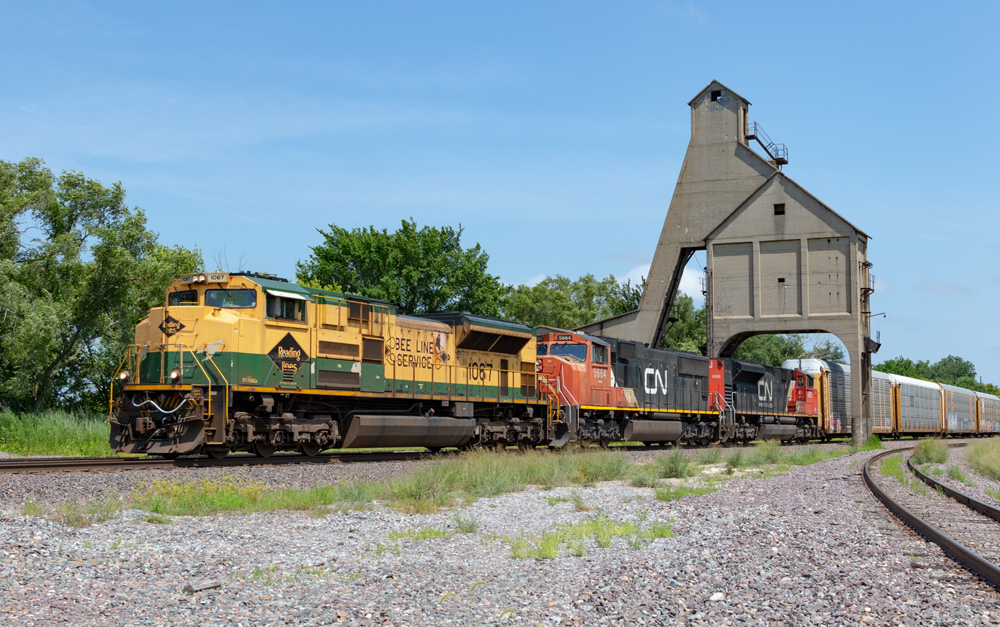
These have included lines operated by Norfolk Southern, CSX Transportation, and Union Pacific, among others. On these territories, only cab signal-equipped units owned by the respective railroads could lead trains. Of course, there were rules that allowed non-cab signaled locomotives to lead, but they were rarely used. With positive train control in place, these “sacred” locations of all home road power leading trains are in jeopardy.
On June 1, 2022, Union Pacific retired its cab signal system on a large segment of its remaining lines so equipped east of Cheyenne, Wyoming. This means that from now on, any locomotive from any railroad with PTC installed can be cut in to lead trains on these mainlines. Prior to June 1, PTC was already in use on these lines, though a Union Pacific cab signal-equipped unit was still required to lead the train. The crew would setup and test the cab signal system then cut it out prior to departure. It would only be cut-in and used in case of PTC failure enroute.
Until recently, Union Pacific had three types of in-service cab signals systems on various lines across its system, with only the Automatic Cab Signal/Coded Cab Signal system remaining after June 1 west of Cheyenne. Along with Union Pacific’s ACS/CCS mainlines east of Cheyenne being retired, former Chicago & North Western lines with Automatic Train Control were eliminated on June 1, with C&NW lines featuring the Automatic Train Stop system in the Chicago area phased out in 2019.
This leaves only Union Pacific’s Evanston, Laramie, Rawlins, and Portland subdivisions, along with a handful of other freight lines across the country still equipped with in service cab signals. They are among the last stretches of mainline that one can visit and be guaranteed to see a home-road locomotive leading all trains passing by.
Cab signals have been in use in the United States since the 1920s and at their core were used to enforce restrictive conditions ahead of a train if the engineer failed to do so on their own. Cab signals became mandatory on any tracks in the U.S. that operated trains faster than 79 miles per hour in the early 1950s.
With the implementation of PTC, these antiquated systems have become redundant and as such, railroads have been petitioning the government to eliminate them.






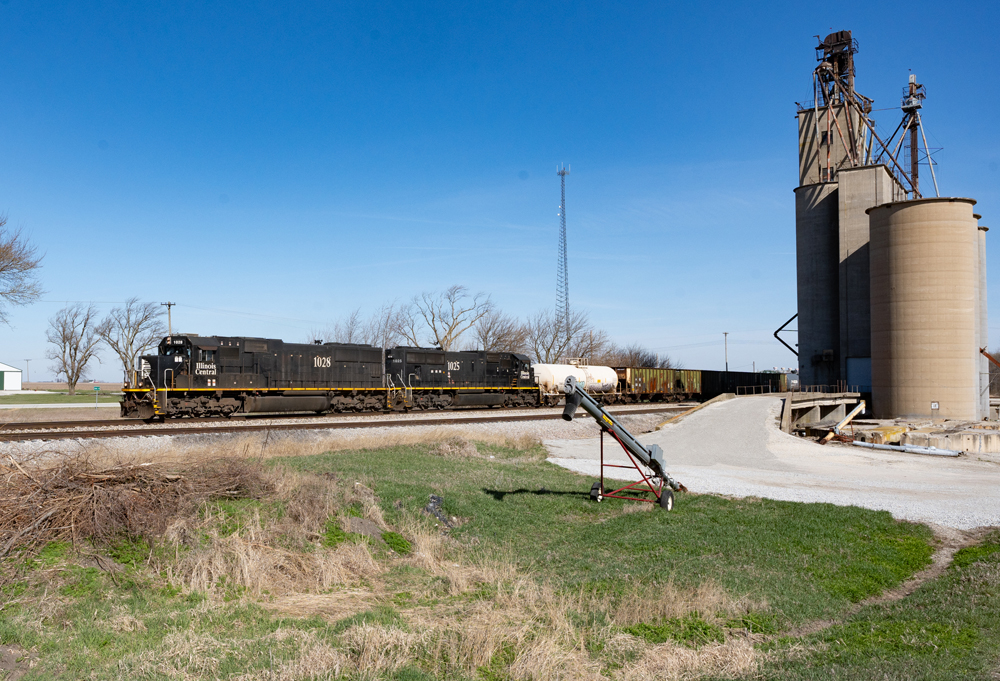
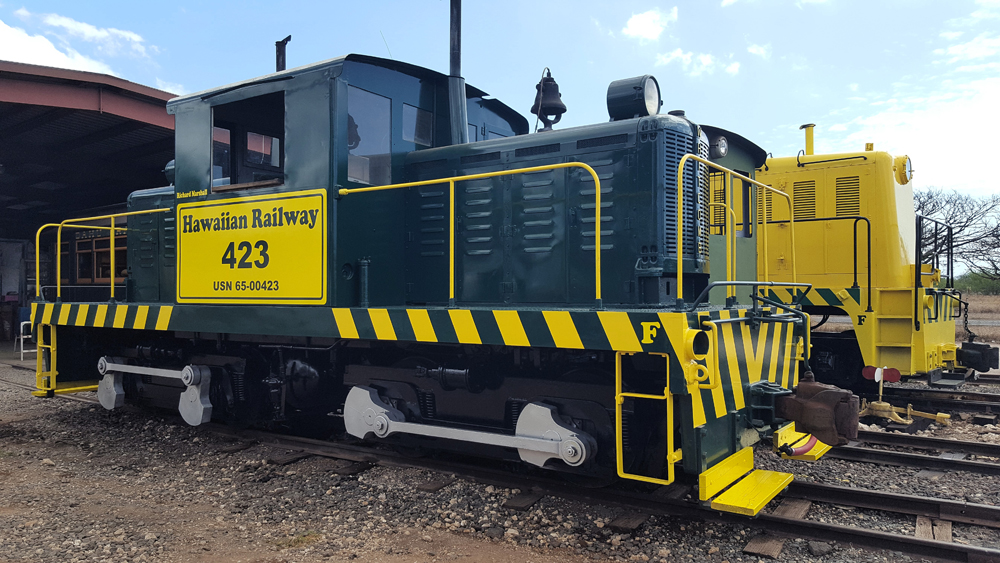
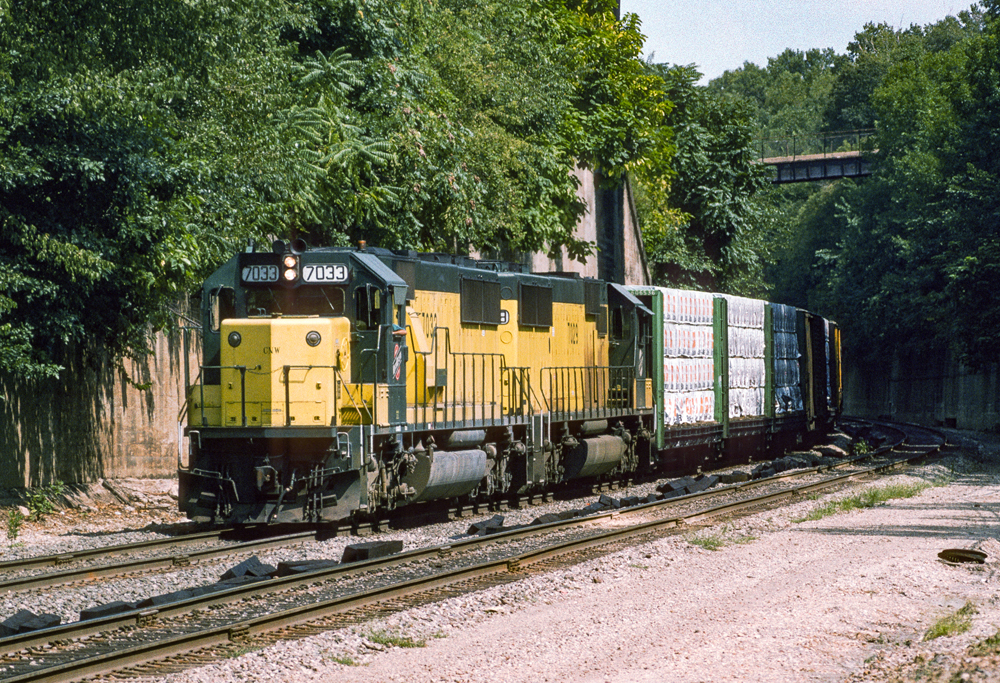
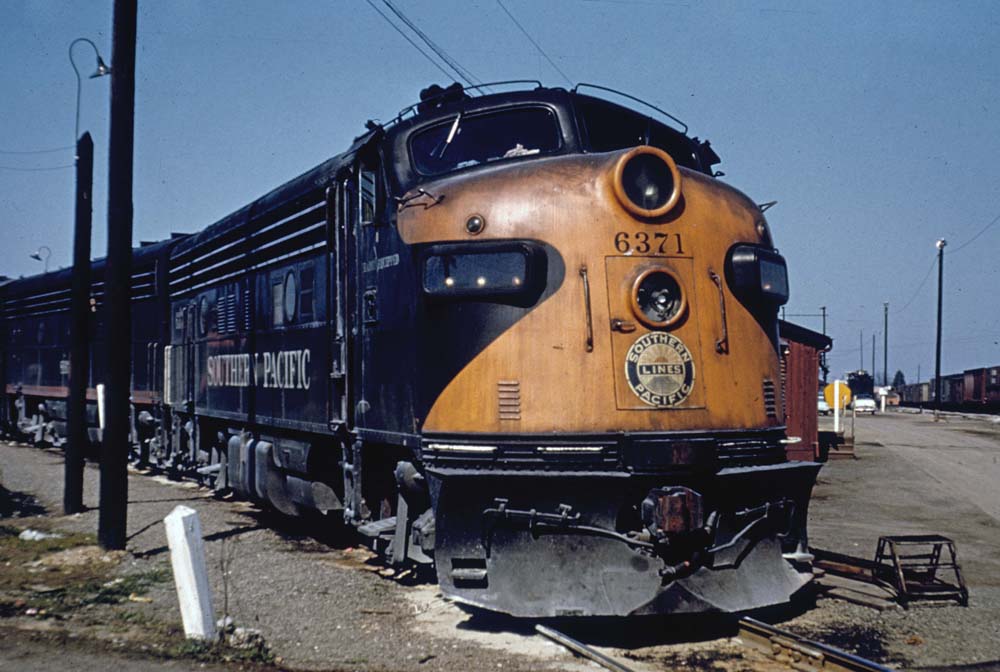




I work in Iowa for the UP and I don’t miss all the incessant beeping of atc system. Newer locomotives were tolerable but the old geeps and sd40s had horns that could wake the dead. Stopping to test the atc or acs that you wouldn’t use was annoying. We also would get trains that came up from kc that didn’t have cab signals and so we would have to hostle power around to get a new leader and that was a hassle. I was glad to have it around when we used it but once we cut over to ptc in summer 2017 it just became an unnecessary inconvenience.
I was at KC Union Station when the ATSF Super C was in. The conductor told me the train had arrived early and was waiting for mail from the Post Office that would be delivered for the schedulled time. They added a cab signal unit to the head end for the division in Illinois that had such signals.
ATSF had one division in Illinois that had cab signals; most of the road had GRS intermittent train stop. For some time, Amtrak trains to ATSF from Chicago Union Station left without the inductors and crews hung them at Shopton. Must have been a clearance problem.
Reading Company, CNJ, PRSL and PRR used the same cab signal codes and frequencies; thus PRR, RDG, CNJ and PRSL engines could lead in each other’s cab signal territory.
CNJ had two cab signal systems, PRR’s pulse code system used on the NY&LB and PRSL, and an inductive loop system used on the CNJ Southern Division beyond Red Bank, and RDG’s Atlantic City RR before the PRSL merger.
Very interesting! Thank you for this information. I started working as a trainman on the Santa Fe Railway Illinois Division in 1965. The only portion of the ATSF that had ATC with cab signals was between East Ft. Madison, IL (Niota, IL) to the junction with the Gulf, Mobile & Ohio on the north east edge of Coal City, IL at Pequot. ATC had been installed on the ATSF Illinois Division in the 1920 era and by the late 1960 era the system was deteriorating to the point of causing train delays. At the same time the tonnage and train lengths were increasing to make the 6000 foot blocks too short to be safe enough.
During this period the Santa Fe was starting to run freight trains more efficiently by eliminating changing assigned waycars at every terminal. This included plans for the Super C. I can only guess what that plans in 1968 at the inaugural run of #99 & #100 were to be able to operate the 79 MPH freight train through with one set of power. Initially the ATSF relied on their large fleet of passenger power which almost all were equipped with ATC/cab signals for operation into Chicago. then as business increased standard freight power (no ATC) was used on the Super C. However this required a power change. One of my trips as train baggageman on my layover at Kansas City Union Station I was lucky to photograph the power change of train #100 from non ATC power to ATC power passenger units 350 Class GE units. Then at the same time #99 arrives at KC US with passenger GE locos and they change power at the west end of the the little used KC US tracks. Why at KC US? I don’t know, but suspect Argentine must not have had efficient way to change power on the mainline? I friend and coworker told me he started his engine service as a hostler at Argentine engine facility. One of their routine chores for eastbound power was to run the ATC cab signal test on the engine terminal test track for the run into Chicago, even though the ATC would not be cut in until the train passed Ft. Madison, IA.
The good thing about the 3-speed ATC was that it allowed the movement of multiple trains running on either main in either direction at full track speed. So starting in the 1920 era it was ahead of it’s time. It did not require trainorders to operate between stations, only signal indication from the controlled signals interlocked with the crossover switches.
In 1970 the Santa Fe had obtained the OK to replace ATC with modern Traffic Control System which was basically CTC, allowing trains to run either main in either direction on signal indication. They made the change over in sections. By October 1970 the entire 174 miles of ATC mainline had been changed to search light block signals. ATSF kept the interlocking plant signals as they were, gradually upgrading them as well. One major change was the length of each block was lengthened to about 2.5 miles.
The immediate result was allowing all Santa Fe and foreign power to run through. This included the NYC/PC connection at Streator, IL. In a way that was a step backwards as the foreign power was usually junk. No radio or no radio channel for ATSF. NS power provided a bucket for a toilet, etc, etc. We learned to adjust to these inconveniences even if they were not safe. Before ATC was removed we had to bring a Santa Fe unit with us to pick up a PC train from their mainline at South Streator so as soon as we got on the ATSF mainline the ATC was cut in by the engineer. We’d even bring a Santa Fe waycar out of Streator yard and add it to the rear end so we had radio communication. After ATC was replaced the PC/CR trains went down hill for safety. The change enabled the ATSF and PC/CR an excuse to downgrade safety factors. The FRA reaction was very slow. We survived it in spite of it.
Amtrak, SEPTA and other NEC commuter operations incorporate cab signals in their ACSES PTC system. Amtrak has added a second carrier frequency for its CSS to allow higher speeds. Equipment does not have to be able to read the new frequency to operate at the speeds authorized by the new carrier frequency.
The carrier frequencies carry pulse codes that actually convet the speed information. The CSS frequencies have to respect 25 and 60 Hz electric traction power in the rails.
CSX has cab signals inherited from RF&P between Richmond and Washington.
Does anyone know why UP retained cab signals west of Cheyenne? It seems odd that they removed them on the rest of their system but kept them on the west of Cheyenne divisions.
I believe NS’s PTC implementation in cab signal territory uses cab signal system, rather than data radio, to convey signal indication to PTC.
So, must have cab signal system working in the locomotive.